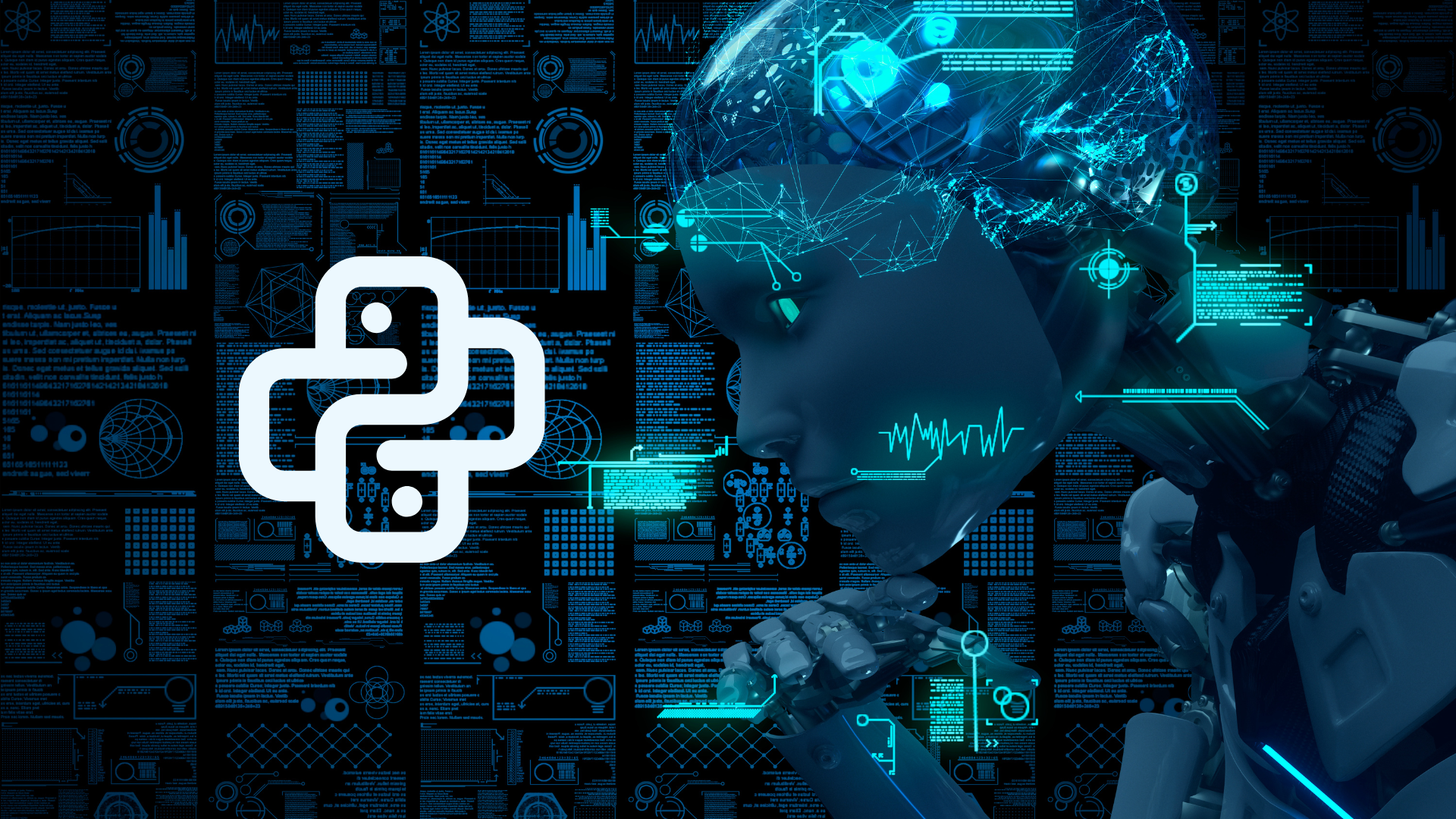The future we once envisioned is now upon us.
Artificial Intelligence (AI) is suddenly ubiquitous, and it’s clear we’re teetering on the edge of a new, AI-fueled Epocha.
For organizations and business leaders, this ushers in an unsettling feeling, a sensation all too familiar: stepping into the unknown, far from the comfort zone.
Given the trials we’ve overcome, from the pandemic to the swift transition to remote and flexible work, the readiness of an organization to adopt AI will primarily depend on its culture.
At Flexiana, we established a completely remote and flexible work environment from the very beginning, long before the pandemic required it. Our teams span the globe, working in time zones from -5:00 GMT to +7:00 GMT. There’s always someone, somewhere, hard at work. Now, it’s time to nurture an AI-friendly culture, to ensure we can adapt and stay ahead of the curve with the abundant new wave of high-tech tools readily available at our fingertips.
The tempo and sheer amount of work have surged dramatically, leaving us all grappling with the ensuing pressure. Both leaders and employees are keen for AI to alleviate this load.
This is the central insight from the 2023 Work Trend Index, a comprehensive study that surveyed 31,000 individuals in 31 countries and examined trillions of aggregated productivity data points in Microsoft 365, in addition to analyzing labor market trends on LinkedIn.
A significant portion of employees within an organization find themselves lacking the time or energy necessary to perform their tasks effectively. The culprit behind this strain is the deluge of data: the volume of emails, chats, meetings, and notes has surpassed our capacity to stay apace.
Evolution into an AI-driven organization will necessitate a transformation in our work methodologies.
And that’s precisely what we’re undertaking.
The value of establishing an AI culture
In an increasingly digitized world, establishing an AI culture within organizations has become a strategic imperative.
AI culture not only streamlines operations and reduces costs, but it also provides a competitive advantage in a rapidly evolving market. By harnessing AI, organizations can enhance their efficiency, boost revenue, and deliver a superior customer experience.
Moreover, AI can aid in the creation of better products by offering insightful data-driven solutions. It’s not just the bottom line that benefits; employees do too.
A workplace that embraces AI can result in a happier, more engaged workforce. This culture shift towards AI also fosters an environment of innovation and curiosity, replacing fear of the unknown with the excitement of discovery.
In essence, embracing an AI culture is a crucial step towards future-proofing any organization.
Building an AI-driven organization
When constructing an AI-driven organization, it’s crucial to allocate resources across three distinct layers. These layers encompass eight key topics that are fundamental to the successful implementation and operation of AI within an organization.
In the realm of business, a roadmap is essential to gain leadership support and a clear vision for AI adoption. It’s equally important to define and pursue success metrics that are customer-centric and have a significant impact on revenue to ensure the success of AI initiatives.

When it comes to data and infrastructure, having a robust data strategy and governance plan is critical to efficiently collect, use, and govern data for AI.
Adequate infrastructure resources, including scalable computing infrastructure and AI tools, are necessary for the smooth operation of AI systems. Moreover, responsible AI usage involves ensuring ethical, secure, and accountable use of AI and data.
For people and culture, the recruitment of talented AI, Machine Learning, and Data Science roles is crucial.
Encouraging cross-functional AI projects can boost collaboration among different teams. Furthermore, continuous AI and data literacy programs can help promote a culture of AI and data understanding, creating a workforce that is adept and comfortable with these technologies.
Challenges around building an AI-driven organization
Building an AI-driven organization comes with its unique set of challenges. One of the primary obstacles lies in the culture of the organization. A rigid mindset and siloed operations can hinder the smooth adoption and integration of AI. To overcome this, there needs to be a shift towards a more flexible, collaborative atmosphere.
Awareness, or rather a lack of it, is another hurdle. It’s vital that all members of the organization understand why AI is critical to the business’s success. This comprehension can help drive engagement and acceptance of AI across all levels of the company.
Data quality and accessibility issues can also pose a significant challenge. AI thrives on high-quality, accessible data. Therefore, ensuring the availability and integrity of data is a key concern in building an AI-driven organization.
Finally, addressing ethical and regulatory issues related to AI is crucial. This encompasses privacy concerns, bias in AI algorithms, and adherence to legal regulations. Organizations must adopt responsible AI practices to navigate these complex ethical and regulatory
Ways to foster an AI culture
Fostering an AI culture within an organization requires a multi-pronged approach. The first step is to implement employee training programs that help staff understand the role and impact of AI on the business. This could involve courses or seminars that demystify AI and explain its practical applications in day-to-day operations.
Another key strategy is to create an internal community dedicated to AI practice. This community can host regular activities such as workshops, talks, and brainstorming sessions that fuel interest and knowledge in AI. These activities not only promote learning but also encourage knowledge-sharing and collaboration among employees, fostering a sense of camaraderie and collective growth.
Further, organizations must provide resources for AI experimentation and self-learning. Encouraging employees to experiment with AI tools and platforms can spark innovation and lead to novel solutions.
Additionally, resources for self-learning can empower employees to independently expand their AI knowledge, keeping up with the fast-paced evolution of AI technology. Together, these measures can help in cultivating a strong AI culture within an organization.
With great power comes great responsibility
Responsible usage of AI is of utmost importance as it impacts various facets of society. It starts with ethics and fairness. AI systems should be designed and used in a way that respects human rights and values and ensures equitable outcomes for all users. Bias, discrimination, or any form of unfairness should be actively identified and eliminated from AI systems.
Human-centered design plays a crucial role in the responsible use of AI. This approach ensures that AI technologies are designed with the needs, abilities, and limitations of the users in mind. The primary objective should be to enhance human capabilities and societal well-being.
Privacy is another critical aspect. AI systems often handle sensitive data, and it’s important to protect this information from unauthorized access or misuse. Robust data protection measures need to be in place to respect and safeguard user privacy.
Accountability and governance refer to the need for clear policies and guidelines on AI usage. It’s important that there are mechanisms in place to hold AI systems and their operators accountable for their actions. This includes having a governance structure that ensures the ethical and lawful use of AI.
Transparency in AI is about making the operations of AI systems understandable to humans. It’s important for users to know how an AI system makes decisions, especially when these decisions impact human lives or societal structures.
Lastly, sustainability in AI usage refers to the development and use of AI in ways that meet current needs without compromising future resources or causing harm to the environment. This includes considering the energy consumption of AI systems and striving for more efficient and eco-friendly AI technologies.
Where do we go from here?
We can’t predict the future of AI in organizations, but that doesn’t mean we can’t pave our road towards it. Definitely, building a strong AI culture within future organizations will require, at least, a serious investment in these key components:
- Leadership Commitment
- Continuous Learning and Training
- Collaborative Environment
- Ethics and Responsibility
- Experimentation and Innovation
- Data Management
- Integration of AI in Business Operations









